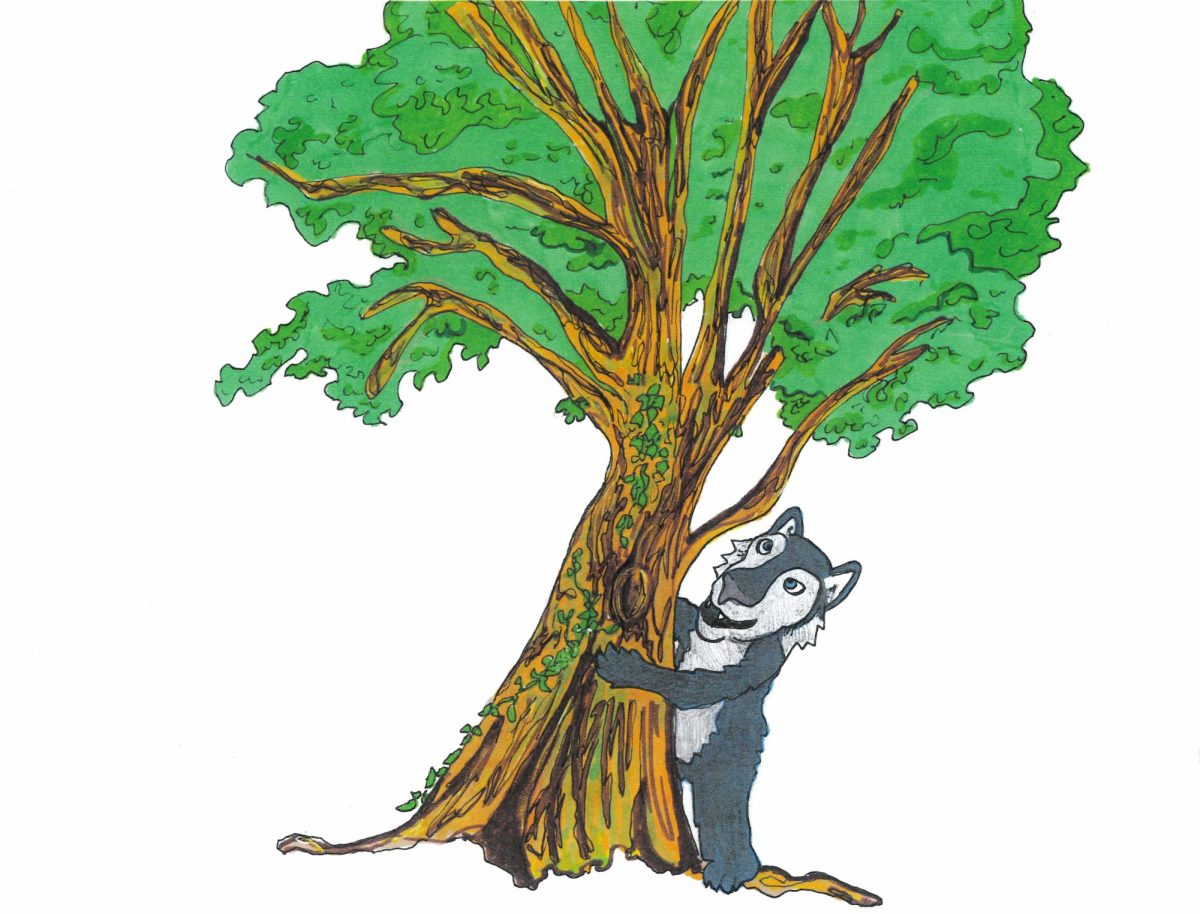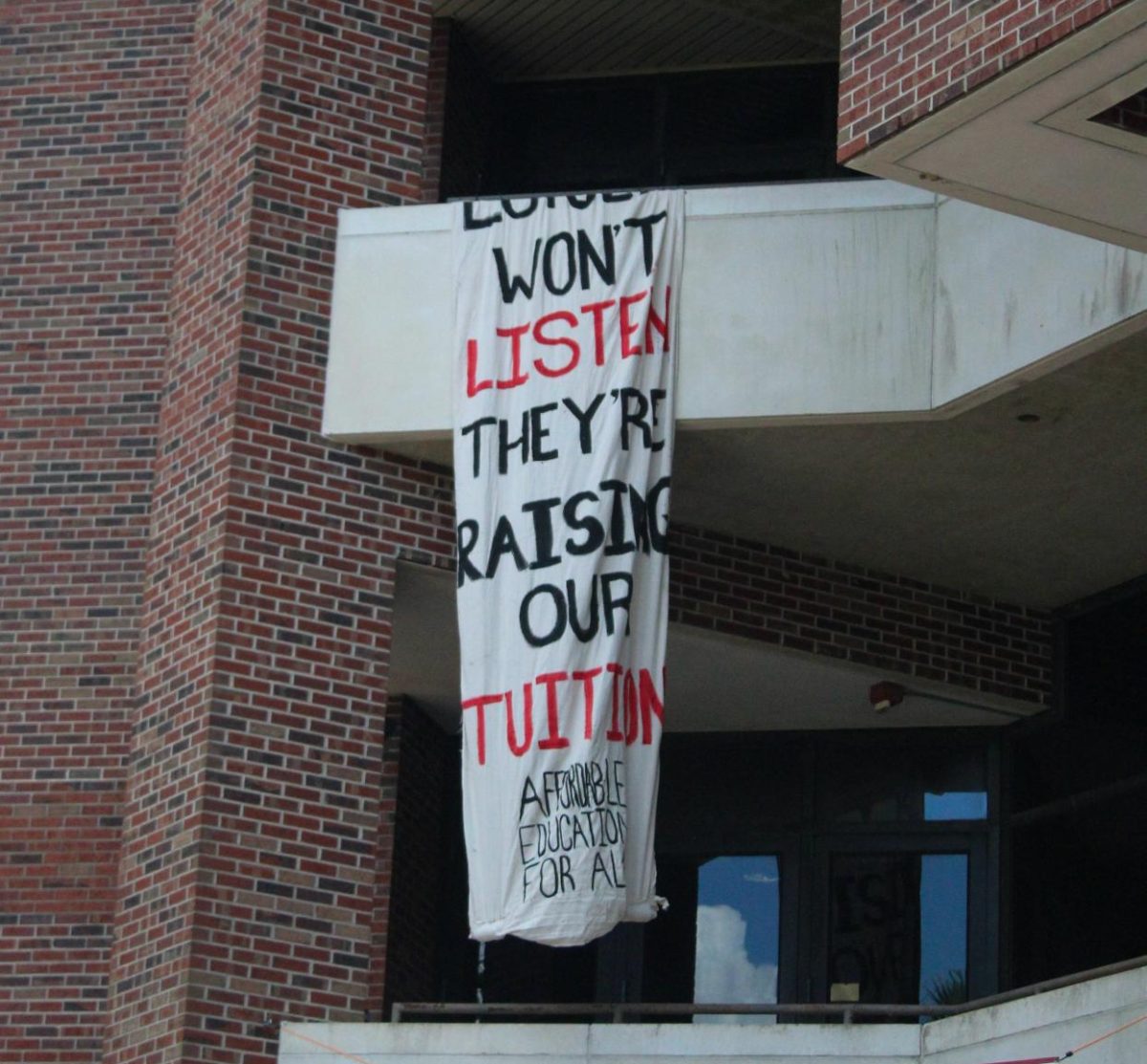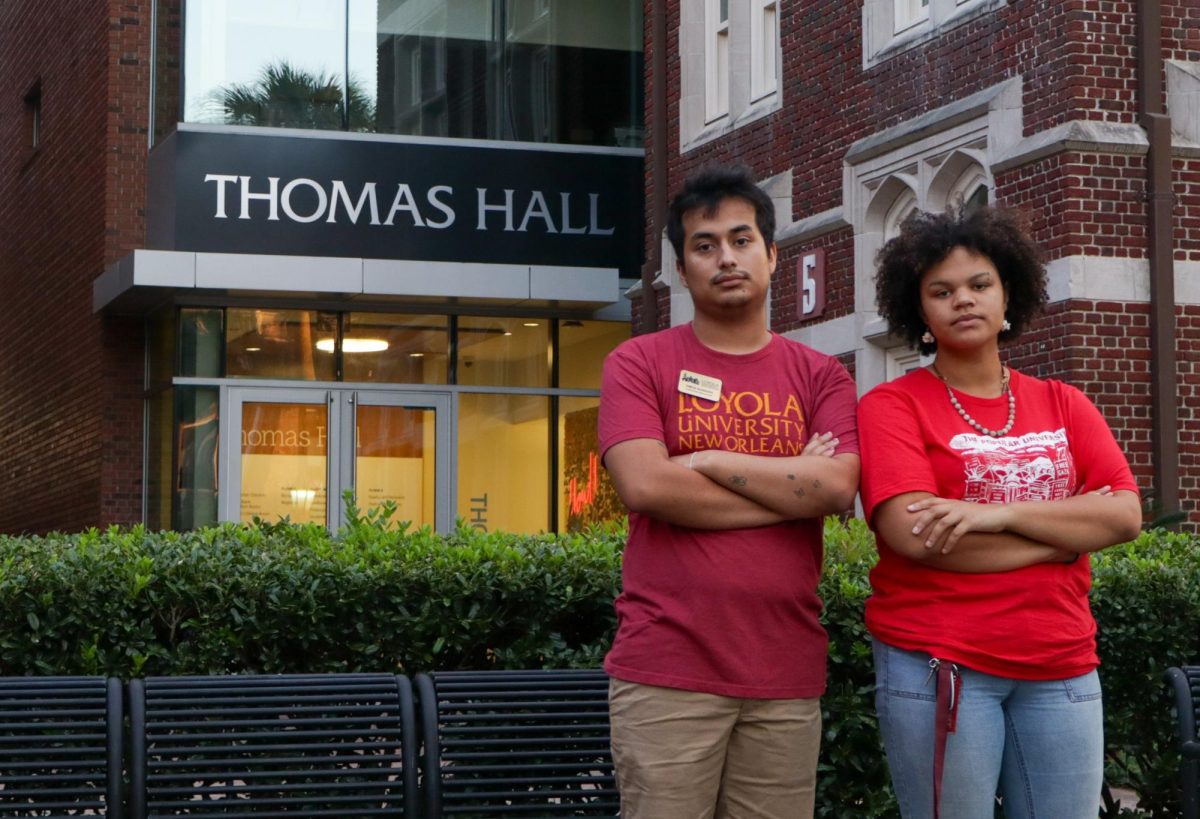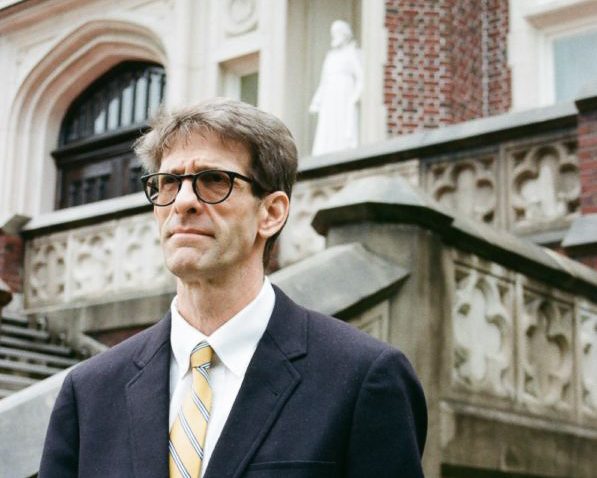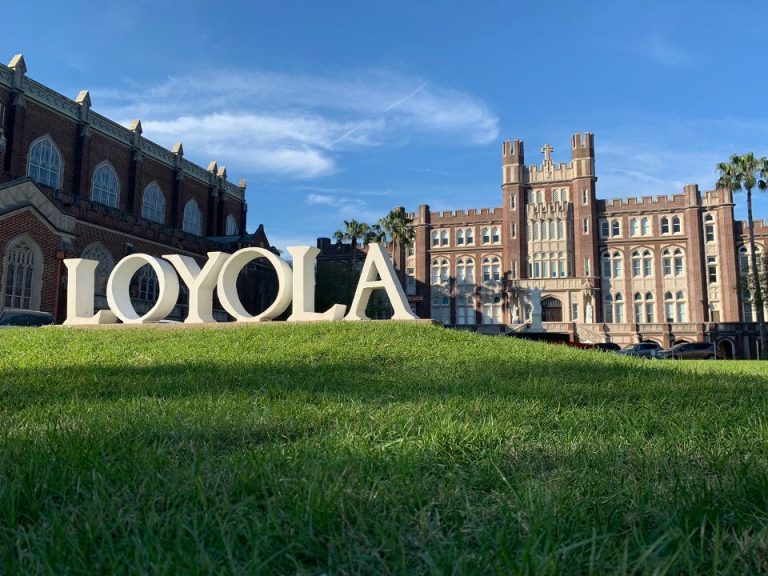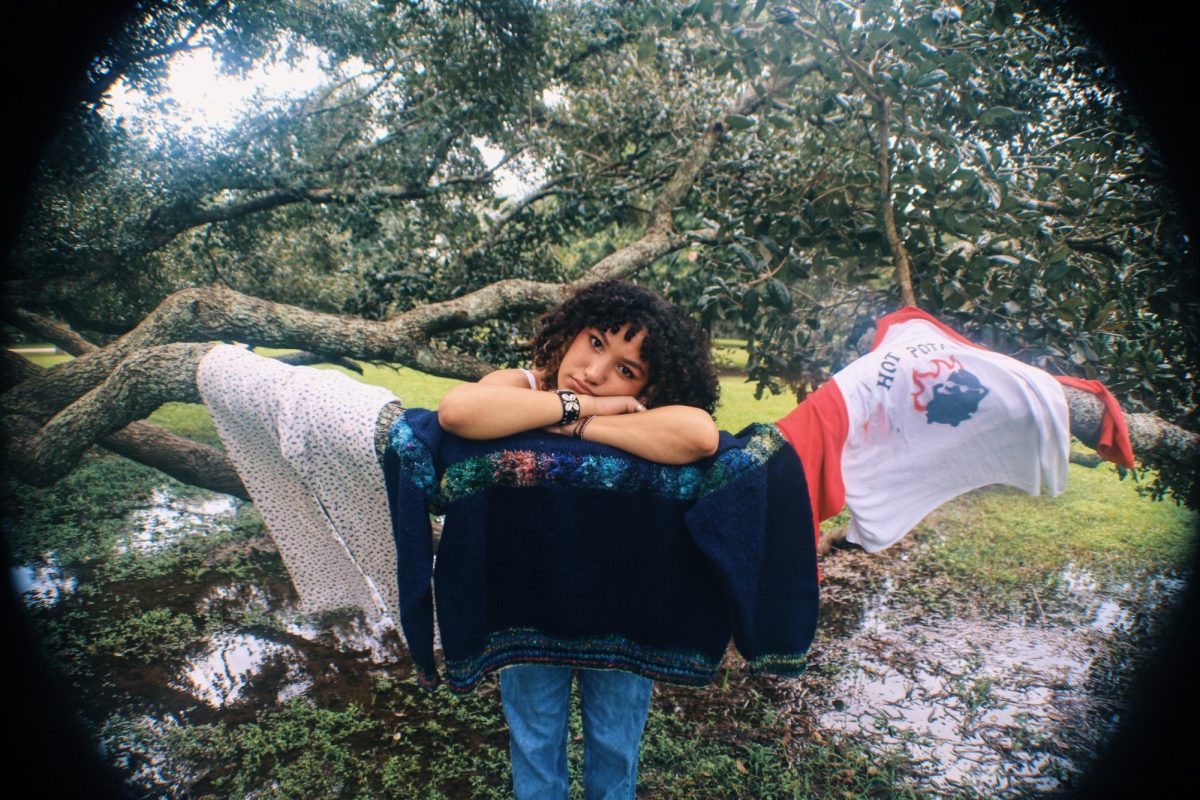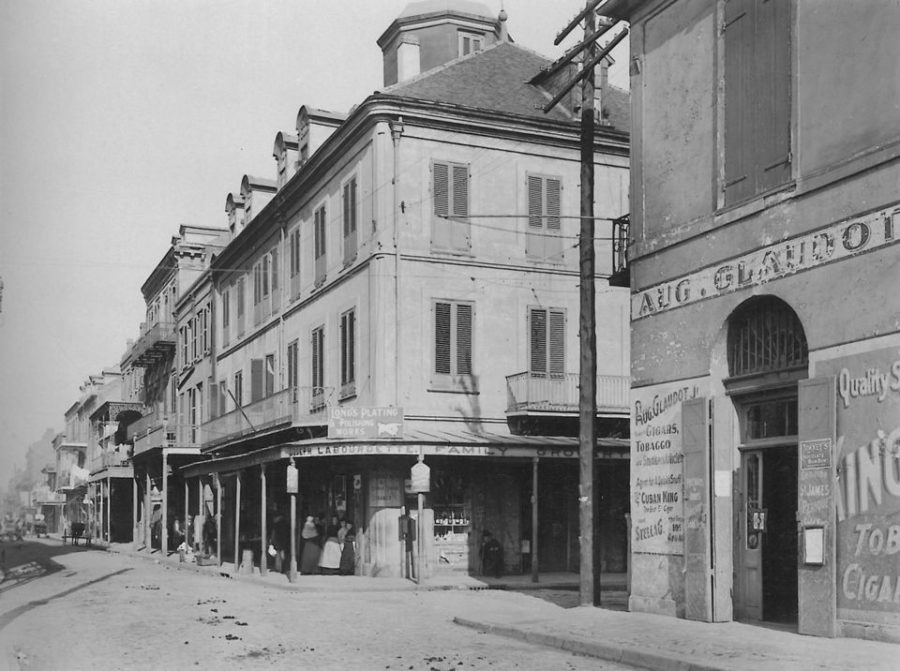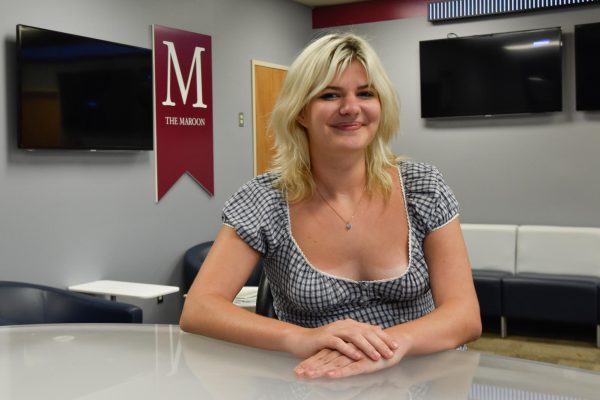Seeds have been planted for Loyola’s campus to reach arboretum status for over 25 years; it’s up to administration to water them.
Arboretums are a collection of woody plants, generally trees, that can represent unusual, rare, and/or endangered species or important native species, according to biology professor Mark Tobler.
Loyola’s proposal for arboretum accreditation was made over 25 years ago, but the administration was not interested at the time, according to environmental communication program director Robert Thomas.
Arboretums are adjunct to specialized botanical gardens, or gigantic woodlands, where native trees are the centerpiece, Tobler said. They promote education, along with conserving, protecting, and preserving trees and wildlife.
Long ago, the palm court was a parking lot with a large cypress tree. The beloved cypress tree was cut down, as well as a beautiful live oak, Thomas said, which led to much angst and saddened students.
“People really cared; people cried about the tree,” Thomas said.
During the re-purposing of the parking lot, it was proposed to make the campus an arboretum wherein anything replanted would be a native species and be labeled, Thomas said.
The administration did not want to spark anymore controversy, by planting back trees they were cutting down for car parking purposes, consequently the idea flopped, Thomas said.
The revamping of the campus would need administration to agree, alongside students and faculty pushing for change.
The hope of building Loyola into an arboretum is to educate and create a space to develop the campus furthermore, Thomas said.
There are myriad of environmental benefits to turning Loyola’s campus into an arboretum, Tobler said.
“It would also help in reducing heating loads and greenhouse gas emissions, reducing flooding, and providing diverse spaces for enjoyment and contemplation of nature,” he said.
In more detailed arguments, an arboretum is the way to combat many of our daily issues in rising climate concerns and the state of the environment, according to Tobler.
It would affect carbon sequestration, shading to reduce the temperature of campus grounds and buildings (and thus reducing energy demand for air conditioning), water uptake and retention that alleviates flooding, and provide soil stabilization, Tobler said.
Another positive outcome of creating an arboretum would be the recruitment benefit. The arboretum would attract more students and people to campus, thereby aiding Loyola’s recruitment, Thomas said.
An arboretum would, “relay the message of how [important] trees are in providing services,” Tobler said.
Loyola could become a hub for students, all around Louisiana, to learn about trees and plants, he said. Loyola’s campus could become a place where people come to learn about trees, plants, and botany, he said.
The challenges to having more plants on campus is an issue of space.
Tobler said it would be more promising if the environmental program were self-funding with grants instead of wanting the administration to fund everything.
He said that becoming an arboretum would not require that much funding, just more time and effort needed, as the soil is the most expensive.
There is a misconception that a more expansive habitat on campus would require tons of unavailable maintenance. However, Tolber said, while he would be maintaining and helping the area’s growth, there will always be students engaged and active in helping too – even after he retires.
Thomas said the palm trees in the Peace Quad could one day become a more evolved space, for we’d aim to have native trees found in Louisiana.
Tobler said one day, the palm trees are going to die because there is an incurable palm disease in Louisiana, which leads him to believe the Peace Quad could be replanted with magnolias and other local trees that would provide the space with shade.
Students are very enthusiastic about getting more involved in plant education and environmental protection, Tobler said, which is another reason plant innovation for the campus would be beneficial.
Still, there has been little initiative by the administration to make the vision come alive.
Loyola’s administration needs to embrace it, in order for Loyola to become an arboretum, Thomas said.
Thomas said that Loyola becoming an arboretum would not only be for beauty and pride for us, but it would also be a recruiting tool.
“Every science teacher in the city would want to take their students on a walk here,” he said.


